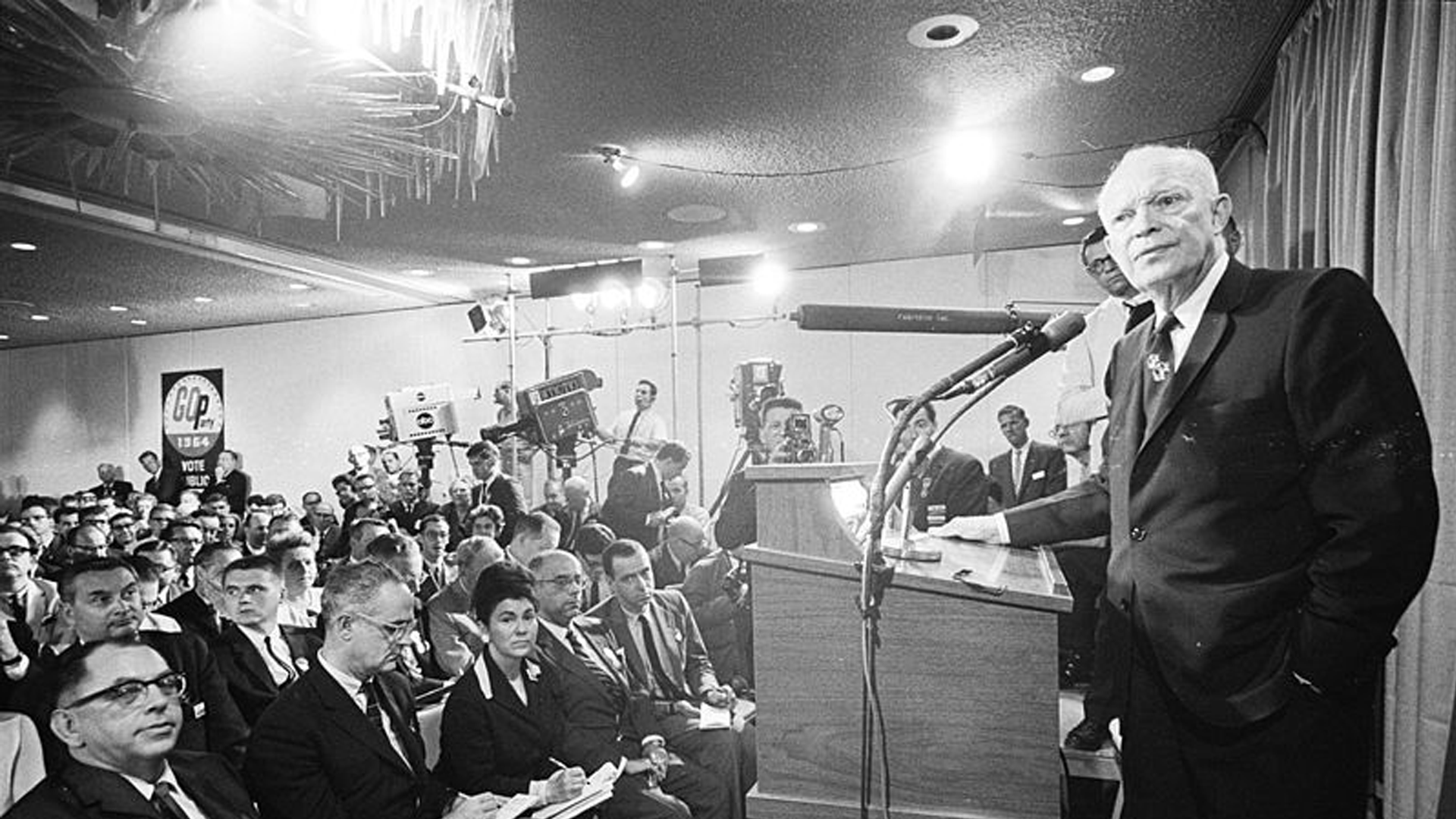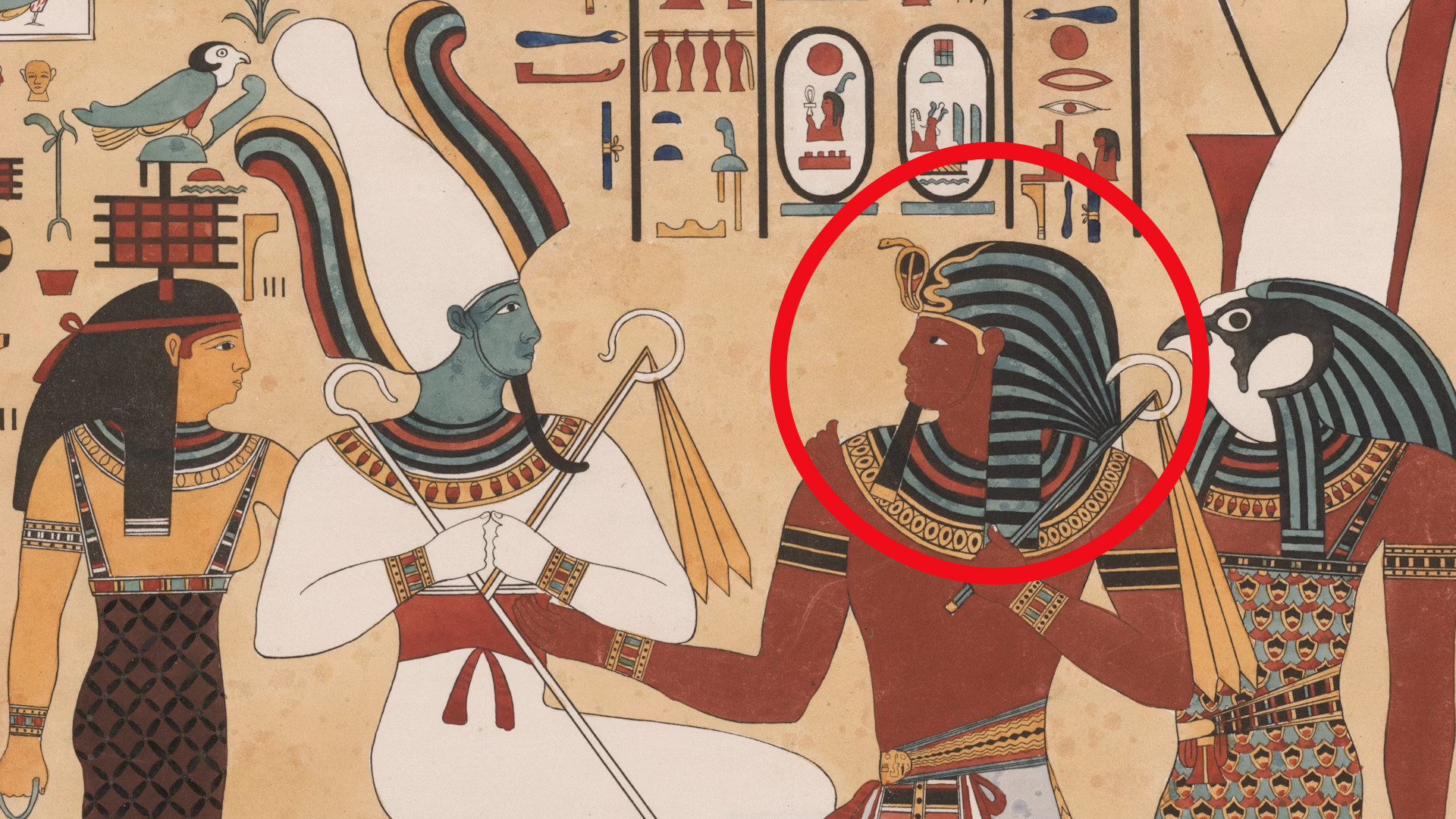Boon Or Bane?
Every great idea starts with a question. And history shows that when humans dream big, we build even bigger. But not all dreams lead to a brighter future. Some spiraled into nightmares wrapped in blueprints and patents, while others were accidents waiting to happen. These 20 inventions, in particular, left us wondering: Just because we can create something, should we?
1. Gunpowder
Created over a thousand years ago, gunpowder began as a curious chemical experiment. But it wasn’t long before its lethal potential took center stage. With it, battles became infinitely more deadly. Gone were the days of swords and shields—gunpowder allowed even the weakest armies a chance at devastation.
2. Nuclear Weapons
This is science at its most dangerous. A nuclear bomb splits atoms to create an explosion hotter than the sun. It doesn't just destroy—it contaminates. Radiation sinks into the atmosphere as well as human bodies, turning one detonation into a disaster that outlives generations.
3. Landmines
Landmines were engineered to protect borders and slow enemy movement. But their damage doesn't stop when the war ends. Buried beneath playgrounds, rice paddies, and dirt roads, they turn daily life into a gamble. And unlike bullets or bombs, their horror is timeless and hidden.
4. Agent Orange
This herbicide worked by stripping trees of their leaves and making farmland useless. Agent Orange became an easy way to weaken the enemy's cover and food supplies. But its dioxin content has caused cancer and birth defects, along with poisoning the soil and water for decades.
5. Barbed Wire
Thin steel strands with sharp metal barbs spaced along the length created a fast and cheap way to block movement and control land. Originally used for fencing livestock, barbed wire soon became a military weapon that caused deep wounds, turning borders into hazards.
6. The Gatling Gun
The Gatling gun is a rapid-fire weapon powered by a hand crank that uses multiple barrels to fire bullets in quick succession. Soldiers faced continuous gunfire with little chance to reload or regroup. Such weapons made large-scale battlefield casualties faster and more brutal than ever.
 WojciechSwiderski~commonswiki on Wikimedia
WojciechSwiderski~commonswiki on Wikimedia
7. Chemical Weapons
Toxic substances designed to harm or kill through inhalation or skin contact became one of the most feared tools in warfare. Chemicals like chlorine and mustard gas caused choking as well as severe burns, and their use left soldiers with lasting injuries for decades.
 Fastfission~commonswiki on Wikimedia
Fastfission~commonswiki on Wikimedia
8. Lead-Based Paint
At first glance, lead-based paint looked like a miracle product. It dried quickly, resisted moisture, and maintained color longer than alternatives. But as the paint aged and chipped, it released toxic lead dust, especially harmful to children. Even today, homes built before 1978 quietly harbor this hazard.
9. Social Media Algorithms
Social media algorithms track user behavior to control what content appears next. They amplify posts that trigger strong emotions, which keeps people engaged for a longer period. This constant reinforcement builds addiction and shapes belief systems until many users struggle to separate real information from manufactured outrage.
10. Chlorofluorocarbons (CFCs)
Chlorofluorocarbons, known as CFCs, were once used in refrigerators and aerosol sprays because they were cheap and effective. Over time, scientists discovered that these chemicals drifted into the upper atmosphere, which led to the destruction of the ozone layer. This increased ultraviolet radiation raised skin cancer risks and damaged ecosystems worldwide.
11. The Deepwater Drilling Rig And Subsequent Oil Spills
Offshore drilling rigs extract oil from deep beneath the ocean floor. Equipment failures and safety lapses on these rigs have led to massive spills like the 2010 Deepwater Horizon disaster, when millions of gallons leaked into the sea, damaging coastal ecosystems for years.
 Sara Francis, U.S. Coast Guard on Wikimedia
Sara Francis, U.S. Coast Guard on Wikimedia
12. Internal Combustion Engine Unregulated
Engines that burned gasoline or diesel became the driving force behind cars and factories. Without emission controls, they released large amounts of carbon monoxide, nitrogen oxides, and hydrocarbons. This, in turn, caused severe air pollution, leading to increased respiratory illnesses and rising climate problems.
 Falcon® Photography from France on Wikimedia
Falcon® Photography from France on Wikimedia
13. The Computer Virus
Lines of malicious code turned everyday computers into targets. Unlike regular software, these viruses spread without permission and disrupt systems worldwide. Some wiped entire hard drives, while others stole sensitive information. The rise of internet connectivity made attacks faster and more difficult to stop.
 Santeri Viinamäki on Wikimedia
Santeri Viinamäki on Wikimedia
14. Napalm
Napalm is a flammable chemical made by mixing gasoline with thickening agents so it sticks to surfaces and burns at extremely high temperatures. It spread quickly across buildings and fields, which made it a common weapon during the Vietnam War. This destructive substance caused deep burns and immense damage to victims.
 Official USMC photo by LCpl Andrew Pendracki on Wikimedia
Official USMC photo by LCpl Andrew Pendracki on Wikimedia
15. Plastic Single-Use
The rise of single-use plastics marked a turning point in modern consumerism—everything became disposable. But this convenience came at a catastrophic cost. Billions of them are used once and discarded, only to persist for centuries. Oceans now carry more plastic than fish in some regions!
 Meanwell Packaging on Wikimedia
Meanwell Packaging on Wikimedia
16. Asbestos
Asbestos was once marketed as a heat-resistant marvel—woven into ceilings, floor tiles, ship hulls, and even baby powder. It was hailed by industry as the perfect solution to fire hazards until it released fibers so fine they bypassed the lungs’ defenses. Many companies knew the cancer risks and still said nothing.
 Harald Weber Hawedi on Wikimedia
Harald Weber Hawedi on Wikimedia
17. The Fishing Trawler Industrial Scale
Large fishing trawlers drag massive nets across the ocean floor, which scoop up everything in their path, including unwanted species and fragile habitats. This method strips the marine ecosystem and pushes many fish populations toward collapse, which causes immense damage to seabeds that take decades to recover.
18. Leaded Gasoline
Widespread lead pollution from car exhaust caused brain damage in children and long-term health problems for millions of people. The danger came from leaded gasoline, which became popular because it reduced engine knocking and improved performance, but what it did was just fill the air with toxic metal particles.
19. Remote-Controlled Drones For Warfare
War feels easier with drones because operators sit miles away while controlling strikes that target buildings or vehicles. This distance removes personal risk and makes attacks more frequent and harder to predict. What seems like precision on screen often results in widespread civilian deaths.
 David Stanley from Nanaimo, Canada on Wikimedia
David Stanley from Nanaimo, Canada on Wikimedia
20. Automated Assembly Line
Factory automation increased production speed because machines could work nonstop without breaks or wages. As companies installed automated assembly lines, they reduced human labor and replaced entire departments. This shift left millions of workers unemployed and struggling to find new jobs in a rapidly changing economy.
KEEP ON READING

20 Important Names From World War II You Should Know
Key Players From World War II (For Good or Bad).…
By Cathy Liu Nov 7, 2024
20 Disturbing Medical Treatments We're Glad Are In The Past
Thankfully, We’ve Come a Long Way. People bicker with their…
By Maria Cruz Sep 30, 2025
The Musical Prodigy: 10 Fascinating Facts About Mozart & 10…
Secrets Behind the Symphony. Wolfgang Amadeus Mozart remains one of…
By Chase Wexler May 5, 2025
The Mysterious "Sea People" Who Collapsed Civilization
3,200 years ago, Bronze Age civilization in the Mediterranean suddenly…
By Robbie Woods Mar 18, 2025
20 Inventors Who Despised Their Creations
Made It… Then Hated It. Inventors often dream big, but…
By Chase Wexler Aug 8, 2025
20 Incredible Items In The British Museum People Say Were…
Mystery In History. The mighty halls of the British Museum…
By Chase Wexler Sep 8, 2025












